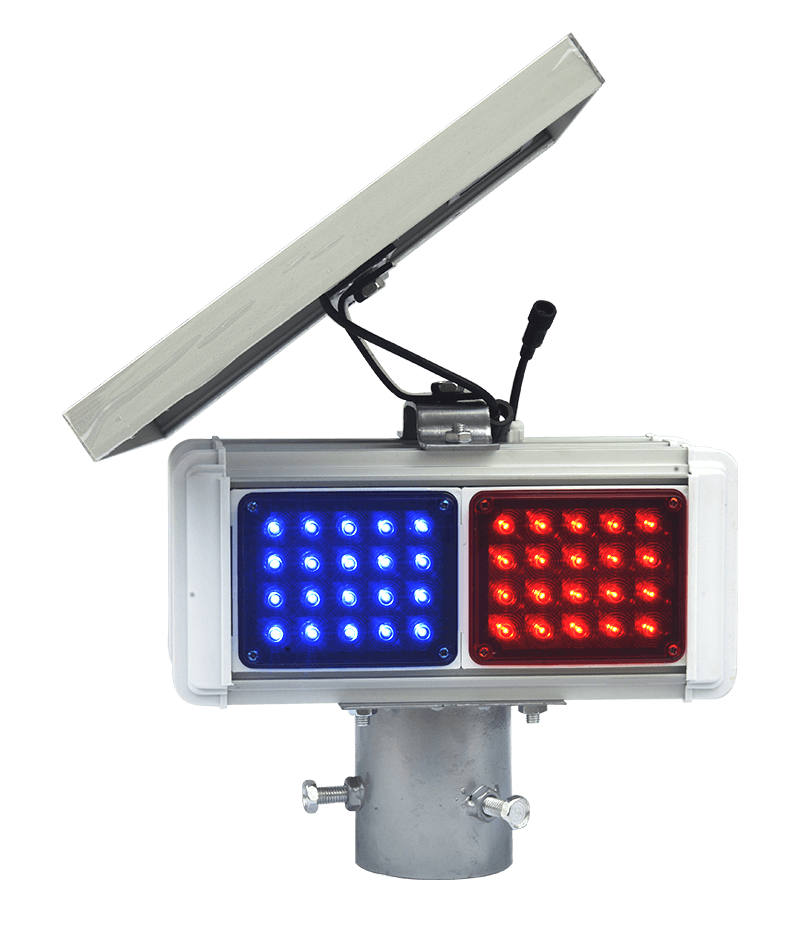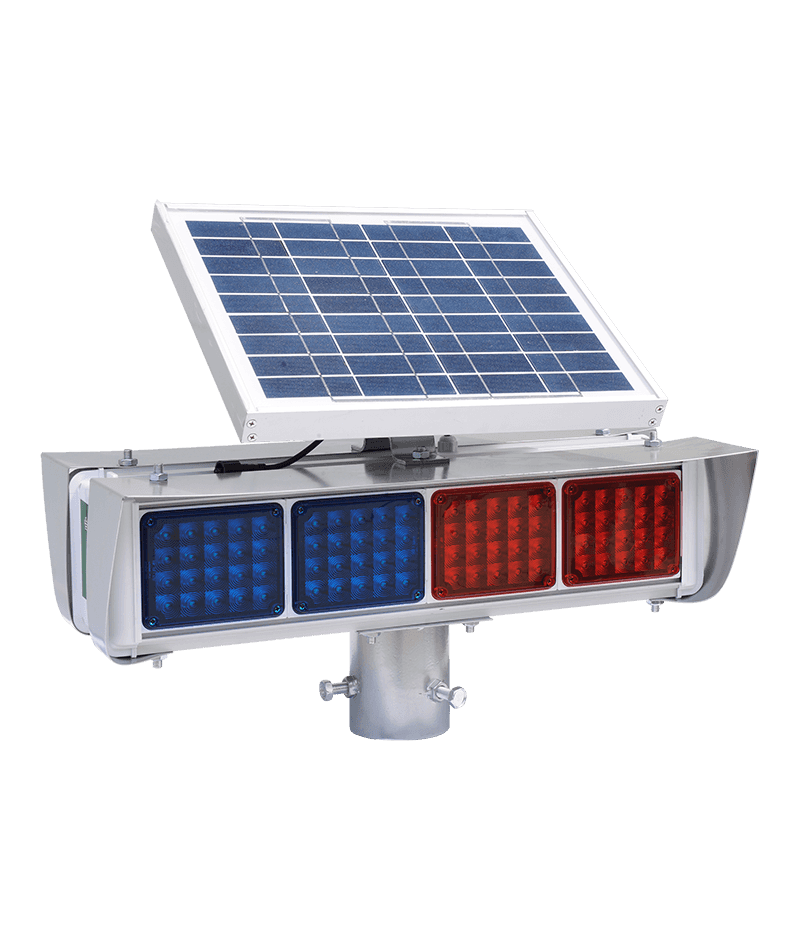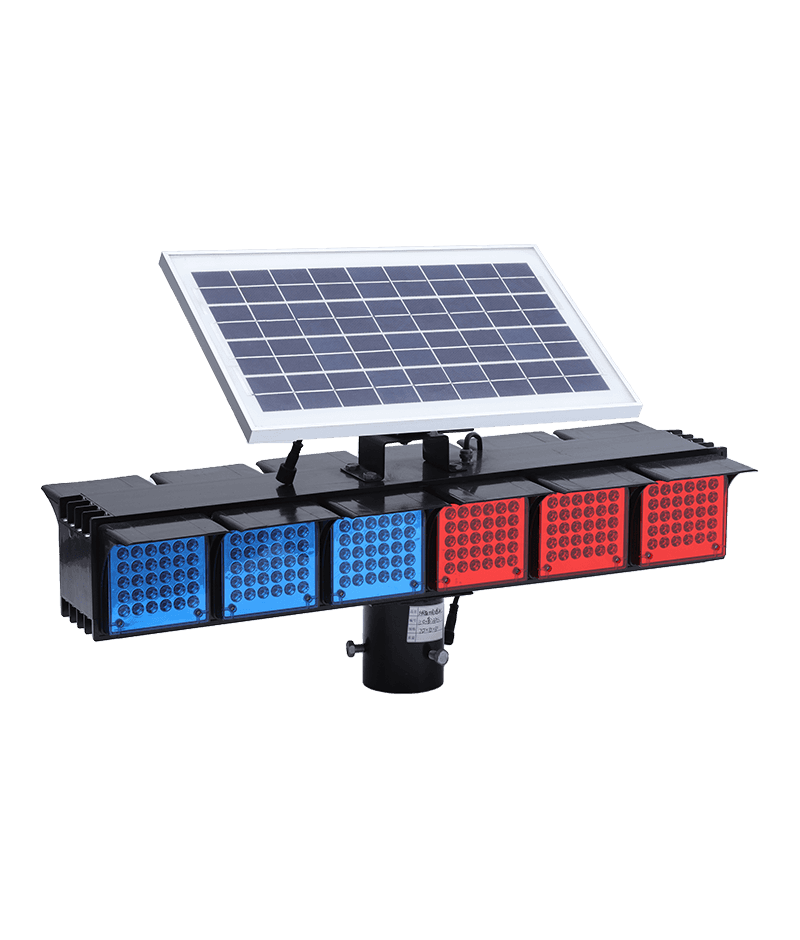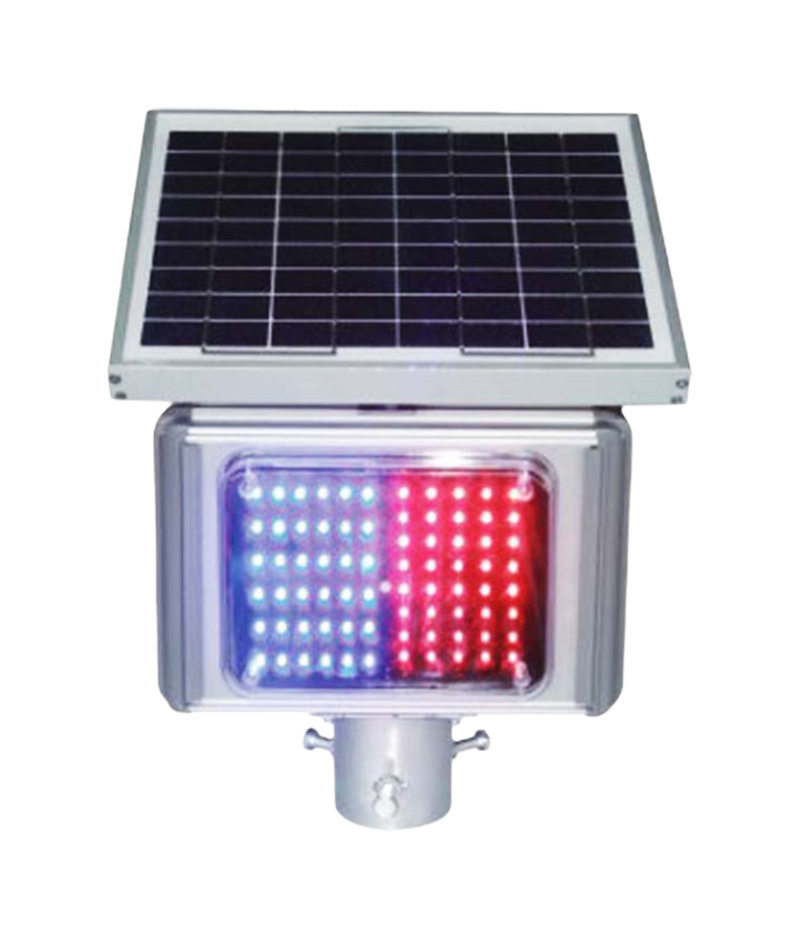2022-09-02
Signs are common transportation facilities in people's lives. In fact, it looks simple and elegant. In fact, there are many more production standards.
1. The color required for the production of traffic signs.
The color of traffic signs must be strictly in accordance with national standards. Generally speaking, the colors of traffic signs include red, green, blue, yellow, red, white, etc. These are common colors, as well as some fluorescent yellow, fluorescent green and other colors. If there are purple, pink and other colors on the road, they will be removed by the relevant departments, because these colors do not meet the warning.
2. The shape and size of traffic signs are required for production.
National standard specifications: triangular warning signs, circular traffic signs, general specifications: Φ600mm×1.5mm, Φ800mm×1.5mm, Φ1000mm×1.5mm, △700×2.0mm, △900×2.0mm
Square grades: 800×800mm×2.0mm, 3000×2000mm×2.5mm, 4000×2000mm×3.0mm. (The content, size and thickness of the aluminum plate library can be customized according to the buyer's requirements).
3. Traffic sign production requirements: reflective film
Commonly used reflective films are divided into the following categories, which are national standards, and the production of road signs and signs requires the use of reflective films that meet national standards.
(1) A reflective film. It is usually a lens-embedded glass bead structure, called engineering-grade reflective film, and its service life is generally 3-7 years.
(2) Secondary reflective film. It is usually a lens-embedded glass microbead structure known as a super-engineered reflective film.
(3) Three types of reflective film. The common sealed capsule glass microbead structure is called high-strength reflective film.
(4) Four types of reflective film. It is usually a microprism structure, called a super-reflective film, which has a lifespan of about 10 years.
(5) Five kinds of reflective films. It is usually a microprism structure, called a large angle reflective film, and its service life is generally 10 years.

 English
English 简体中文
简体中文




.png)

